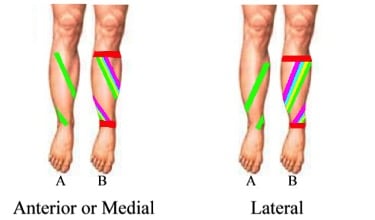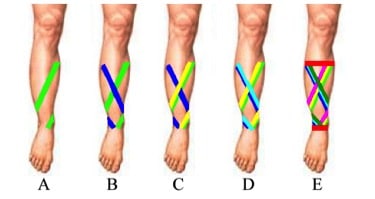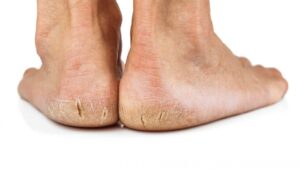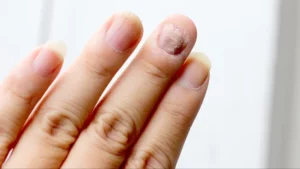If you’re experiencing pain in the inner, lower portion of your shin which appears during or after exercise, it is very likely that you have developed a condition called shin splits. Fortunately, they aren’t a serious condition and although they can be annoying, shin splint treatment is simple and easy to follow.
The first thing you need to do is go to a podiatrist, so that any other diagnoses can be ruled out and they can confirm that you are indeed suffering from shin splints. In some cases, they might need to order certain tests, such as an X-ray, to be certain of the diagnosis and get you started on shin splint treatment.
The first part of shin splint treatment will always involve rest; this can last anywhere from 2 to 6 weeks. After this, your podiatrist will teach you certain exercises which will help you regain strength and movement, while making sure that the damaged tissues heal correctly.
Kinesio Taping
Kinesiology taping or kinesio taping, as it is commonly known, can help you during both of these phases of shin splint treatment; the taping will support your tissues while they heal, and it will make it easier for you to return to physical activities. It can also minimise the risk of re-injury after you have completed your shin splint treatment and are back to your regular exercise routine.


There are several ways to use kinesio taping for shin splint treatment. One of the methods used involves placing the tape on the front of the ankle, wrapping it towards the outside and behind the ankle, and then taking it diagonally upwards towards the outer portion of the shin. Then, repeat the process but this time, invert the direction of the tape; this means taking the tape towards the inside when wrapping it behind the ankle, and then finishing the pattern on the inner portion of the shin. You can repeat both patterns 3 to 4 times in a basket weave fashion, making sure to close both the upper and lower ends of the pattern placing tape horizontally over the ends of the tape.
This pattern will support your shins both while they heal, and when you return to exercise. Other measures you should take to make sure you don’t re-injure yourself or get a secondary injury like Mortons neuroma. Include using footwear with proper orthotics and impact absorption materials, losing weight if necessary, and increasing the intensity and length of your workouts gradually instead of suddenly. You should always follow your podiatrist and physiotherapist’s instructions while completing your shin splint treatment; this will ensure that you get back to top shape.
Now its time to read our article on 5 effective treatments for shin splints









